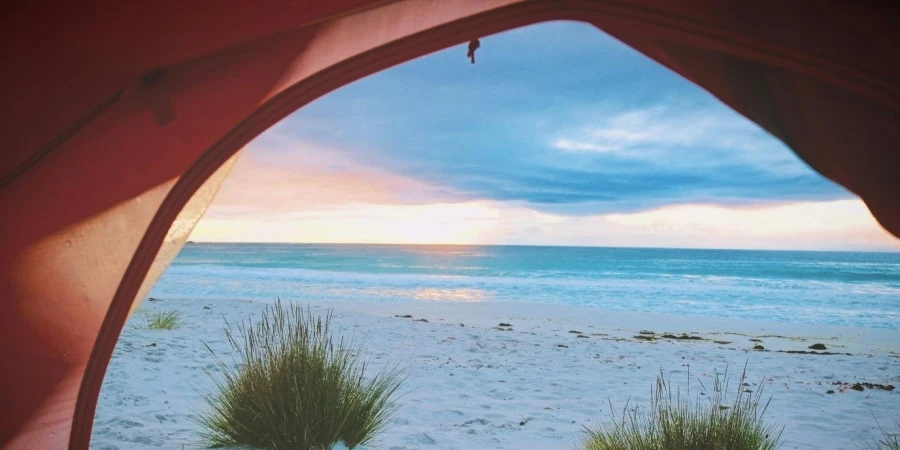Table of Contents
● Introduction
● Market overview
● Different types and their features
● Things to consider when selecting products
● Conclusion
Introduction
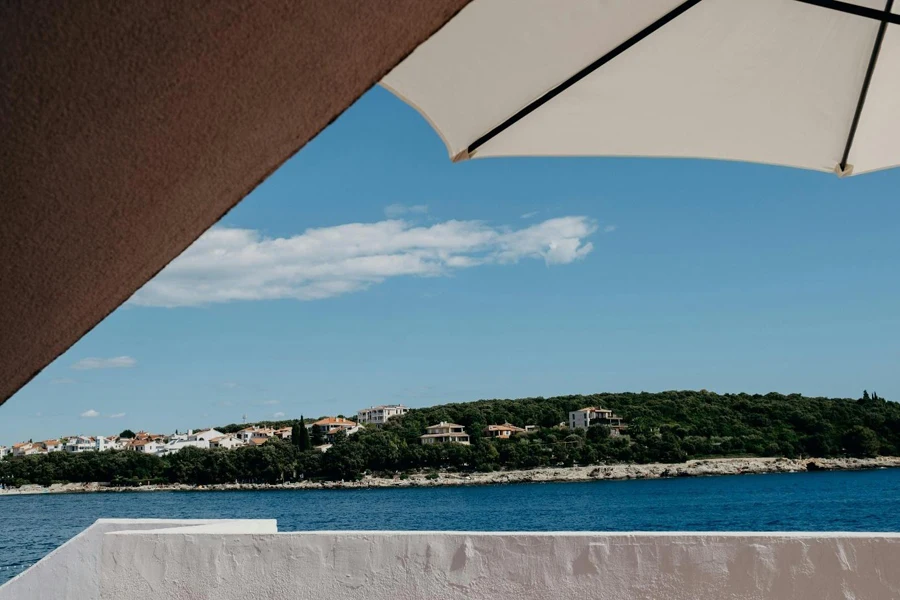
In today’s outdoor settings, shade sails and nets are must-haves as they shield us from the weather and add to the visual charm of the space we dwell in daily! The demand for these items is steadily rising due to urbanization. A rising trend towards outdoor living spaces is gaining popularity around the globe. Thanks to advancements in materials offering top-notch UV protection and resilience against weather conditions, shade sails have become a favored choice for homes, businesses and public places alike. Various options are available to meet different requirements, from waterproof varieties to customizable designs. When choosing the product for your needs, it’s important to consider the quality of the materials used, the ability to withstand wind and sun exposure, and ensure the size and design are suitable for your requirements.
Market overview

Market scale and growth
The market for shade sails reached $1.84 billion in 2023. It is expected to expand at a CAGR of 6.6% from 2024 to 2032 to reach $3.51 billion. This increase is fueled by urbanization, the growing popularity of outdoor living, the greater need for UV protection, and advancements in fabric technology. The adoption of top-notch fabrics that provide UV protection, durability, and weather resistance has also played a key role in market growth.
Shade sails find applications in homes and commercial and public areas like parks and eateries to provide shade and enhance outdoor settings for dining and leisure activities in the hospitality sector. This has led to an increased demand for such structures, with the commercial segment dominating the market share at around 65% in 2023 and projected to rise to 67% by 2032 due to their versatility across different environments, such as parking lots and recreational spaces.
Regional insights
In 2023, the Asia Pacific region mainly dominated the shade sails market, which exceeded USD 570 million in sales due to the rising demand spurred by urbanization and infrastructure growth. The United States leads the North American market with a projected CAGR of 7% from 2024 to 2032. Europe, especially Germany, is experiencing a growth rate of 6.8% as consumers show a preference for stylish and contemporary designs.
Different types and their features
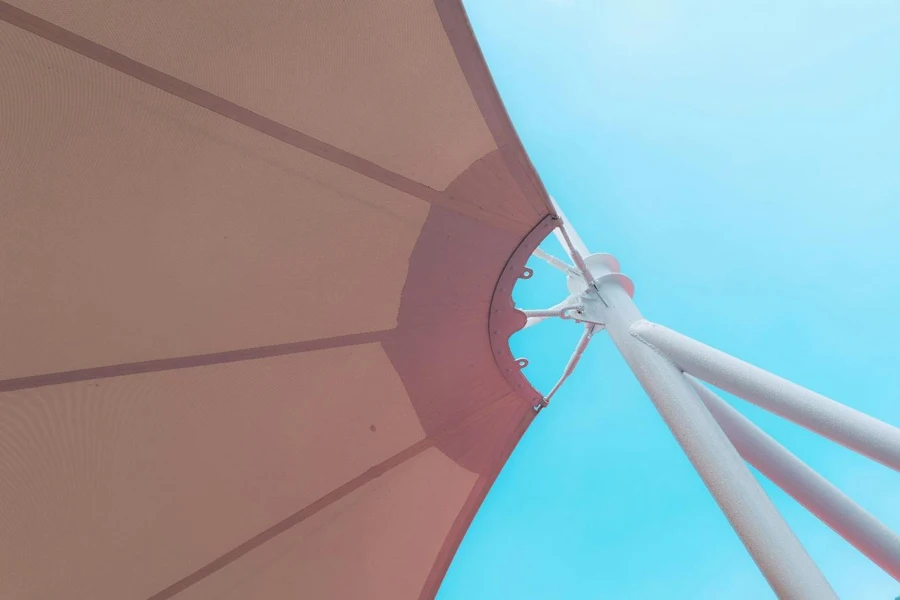
Fixed shade sails
Fixed shade sails are widely used. They are appreciated because of their resilience and the ability to be customized in various shapes and colors. These sails are made from layers of fabric with a density ranging from 220g/m² to 340g/m² that are stitched together to provide the strength and shape desired by users. To enhance their durability further, stainless steel edges are often added for support, which allows these sails to cover areas up to 30m² without requiring additional intermediate supports. The edges are rounded to keep the fabric taut and ensure stability while preventing drooping or sagging. Shade sails that are permanently installed are best suited for areas like driveways and parking lots because of their sturdy build and capacity to offer broad shade coverage.
Garden shade sails
Shade sails for gardens are specially made to shield plants from UV rays and simultaneously add a touch of beauty to outdoor spaces. These sails are created using materials that block up to 95% of UV radiation to create an environment for plants and people. Different fabrics like polyethene and acrylic are used, with weights typically ranging from 150 to 220 grams per meter. Top-notch garden shade sails often come with reinforced edges and UV protection features to ensure they last long in intense sunlight exposure. Choosing fabrics that offer top-notch UV protection is essential to enjoy the advantages of garden shade sails; moreover, their setup frequently involves adjustable tension mechanisms to accommodate different sun angles throughout the day.
Waterproof shade sails
Shade sails that are waterproof offer protection from the sun and rain making the adaptable to different weather situations. They are crafted from woven fabrics that repel water effectively and have a density range typically from 300 to 340 grams per square meter to guarantee full waterproofing without compromising strength. The materials commonly used include polyester or PVC-coated fabrics, which resist water and provide substantial UV shielding. Waterproof shade sails come in colors and are equipped with reinforced corners and heat-sealed seams to improve their longevity and durability. They are extremely resilient. Serve as a great option for sheltered outdoor areas that remain dry throughout the year. The installation angles are strategically designed to facilitate water drainage and prevent water accumulation.
Shade sails attached to structures
Shade sails connected to buildings or sheds can provide a way to create shaded spaces in smaller areas that need it. Installing these sails is simple. Typically, it involves using stainless steel fixtures like D-rings and turnbuckles to attach them securely to walls or existing posts. The choice of materials ranges from polyethene to more durable acrylic fabrics based on the desired level of protection needed. They might not offer the versatility of standalone sails, but attached shade sails adequately shield limited spaces up to 20 square meters from sun and rain. Homeowners find these shade sails useful when they prefer a shading solution that doesn’t require complex installation processes; plus, they usually come with tools to keep them taut and adaptable to different weather conditions throughout the year.
Things to consider when selecting products
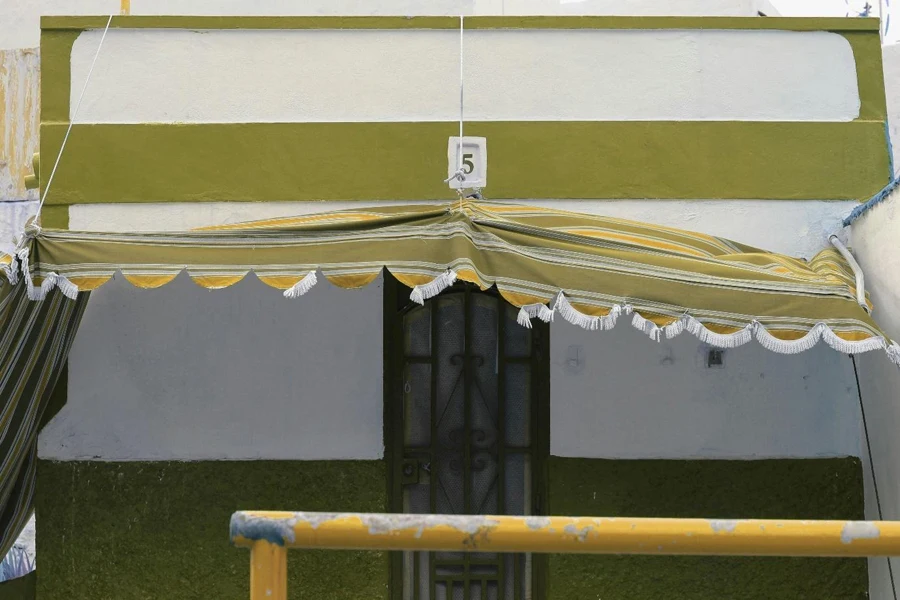
Material quality
When choosing shade sails to buy consider the quality of the materials used as a key factor influencing their performance and longevity. The main types of materials commonly employed in shade sail production include polyester, polyethene,and acrylic. Polyester fabrics typically range in weight measurement from 200 to 340 grams per meter. In contrast, HDPE fabrics usually fall between 180 and 280 g/m² specifications, offering various options based on your specific needs and preferences. Acrylic materials are recognized for their color retention and strength and are frequently available in weights ranging from 240 to 340 g/m². They are commonly treated with UV stabilizers to improve their longevity and effectiveness when used outdoors.
Wind resistance
When setting up shade sails, the wind resistance should be considered. It’s crucial to have them installed with high tension to keep them steady and prevent excessive flapping in the wind breeze. To achieve the right tension level, quality components like stainless steel D-rings, turnbuckles, and hooks are necessary for stability. Usually, the edges of shade sails have curved shapes with cuts that help distribute tension evenly across the fabric and stop any sagging from happening. Strong corners and sturdy stitching are essential for enduring winds, especially for sails of various sizes. From small to large installations, with mounting structures capable of handling tension forces ranging from 30 to 50 kg.
Sun protection
Shade sails provide sun protection which is a crucial aspect of their design and functionality. Top-notch fabrics capable of shielding against more than 95% of harmful UV rays to offer substantial defense against the sun’s rays. The fabric’s breathability is especially notable in HDPE sails since it facilitates air release and ensures the space beneath the sail remains pleasantly cool. Fabrics are commonly evaluated based on UP (Ultraviolet Protection) factor ratings; premium grade materials can achieve UP ratings exceeding 50. The shade sail color can impact its ability to block UV rays; darker shades absorb UV light for better protection, while lighter hues offer sufficient shielding and a cosy ambience.
Size and shape
The dimensions and and shape of shade sails play a role in their practicality and visual attractiveness. Triangular, square, and rectangular shapes are commonly seen in shade sails, with each shape offering coverage features. Triangular sails are typically used for spaces and to enhance aesthetics, whereas square and rectangular sails are favored for larger areas. While standard sizes ranging from 9 feet by 9 feet ) to large ( 18 feet by 18 feet or larger ) are readily available, customized solutions can be created to perfectly fit specific locations. Planning the layout when setting up sails is important, as well as considering where to place the anchor points. They should be positioned at least 3 to 4 feet away from the sail’s corners to maintain proper tension. You can also consider overlapping several smaller sails to cover larger areas and increase wind resistance.
Conclusion
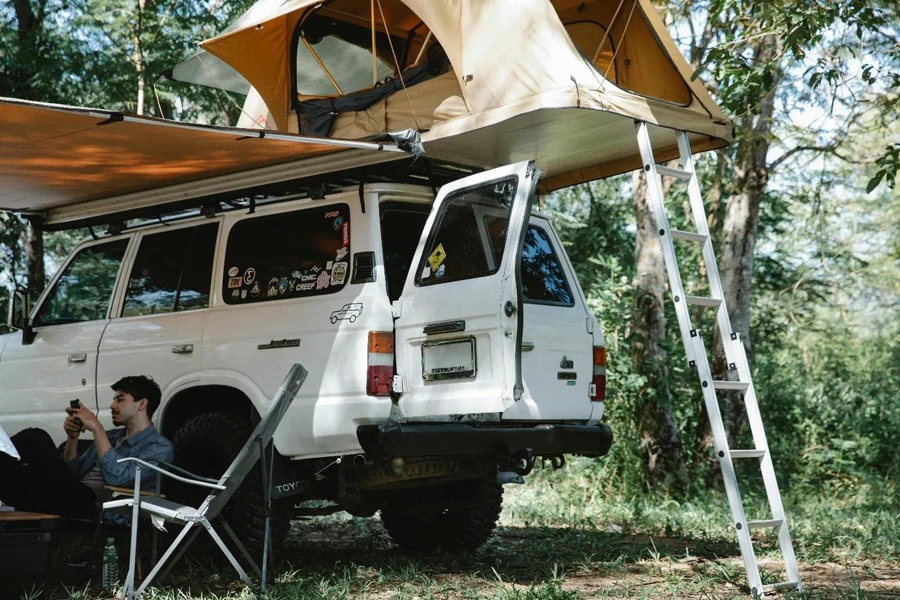
Choosing the shade sail can effectively elevate outdoor areas by blending practicality with visual charm. Factors like the quality of the material used and its ability to withstand wind and offer sun protection are considerations in achieving the desired outcomes. Shade sails shield against weather elements and enhance the aesthetic and functional aspects of the space, making them a valuable asset to any outdoor environment.
